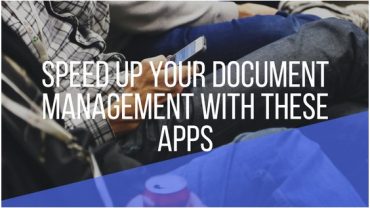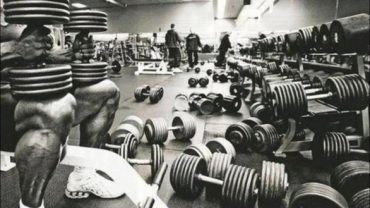If there were a superpower that any business owner would love to have, that would be the ability to see into the future and figure out where demand really lies. After all, this would go a long way towards more effective planning and budgeting, and can dramatically increase sales and revenue all around.

Fortunately, with demand planning, you too can have this “superpower” at your beck and call, ready to save you from poor conversions and poorer sales.
What is Retail Demand Planning?
At the very heart of this concept is the idea of demand forecasting. This is simply utilizing insights and hard data to be able to predict how much of a service or product your customers and audience will want to buy during a specified period.
It uses predictive analysis at its core to help you plan out how much stock of a specific thing you need to have. Apart from maximizing your sales output, it also prevents you from overstocking on one product or the other, or even focusing your marketing too much on one particular service.
How Do You Do It?
The first thing that you need to get in your head is a simple fact that you can never perfectly predict the future. There will always be margins for error as well as outlying events that might dramatically skew any analyses.
The next important thing is your data sources. There needs to be a balance between internal and external metrics that you should take into consideration. Internal data includes your historical sales numbers, your ad expenditure, and even traffic trends. Your external data includes industry trends and competitor performance.
These can then be run through several methods.
- Qualitative Forecasting. If you have no historical data to draw upon, or if your product is actually quite unique, this is the method you use in your retail demand planning. It brings in people off the street so you can ask them any questions about your product (and their purchasing habits) directly. It also includes talking to industry experts as well as looking at your competition. The main disadvantage is that much of your data is subjective and the resulting analysis more based on intuition than anything else.
- Time Series Analysis. If you lie on the opposite end of the spectrum and have a whole lot of data going for you, then this is the quantitative analytical method to use. What you do here is to take all of your historical data and lay it out in a graphical form. These form the basis of spotting trends both in isolation or relative to a number of other factors.
This type of analysis allows you to tell when people buy your product and services as well as the things that influence those decisions. The beauty of this is that it is far more objective and is a stronger basis for decision-making.
- The Causal Model. Finally, if you want to take into consideration demand forecasting factors that may suddenly (out-of-the-blue) affect predicted demand, you use the causal model. These include controllable factors like your marketing initiatives as well as uncontrollable factors like the weather and even politics. This is the most statistically dependent method to date and is also aided by some institution where uncontrollable factors are involved. Used in conjunction with other methods, it can allow for a “whole picture” approach.
So Can You Truly Predict Revenue?
The answer depends on what you consider acceptable projections. You see, the thing with predictive models is that they will never truly give you hard numbers. They do, however, provide you with a metric which you can be reasonably confident enough to make informed decisions about your business actions.
This, in turn, will let you take a peek at what you can expect to earn based on your data. In a business environment where the slightest mistake can cost you a lot of money, the most accurate data-driven conclusions are a vital driver of smart action.














